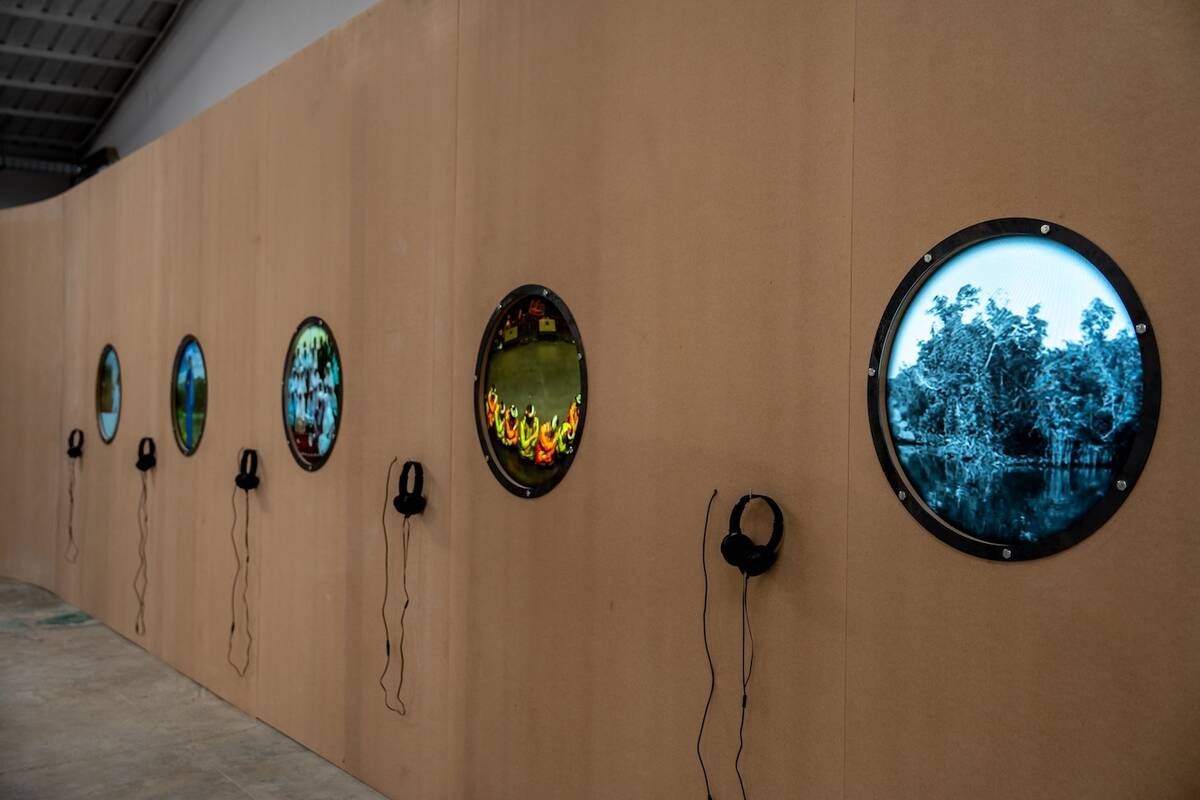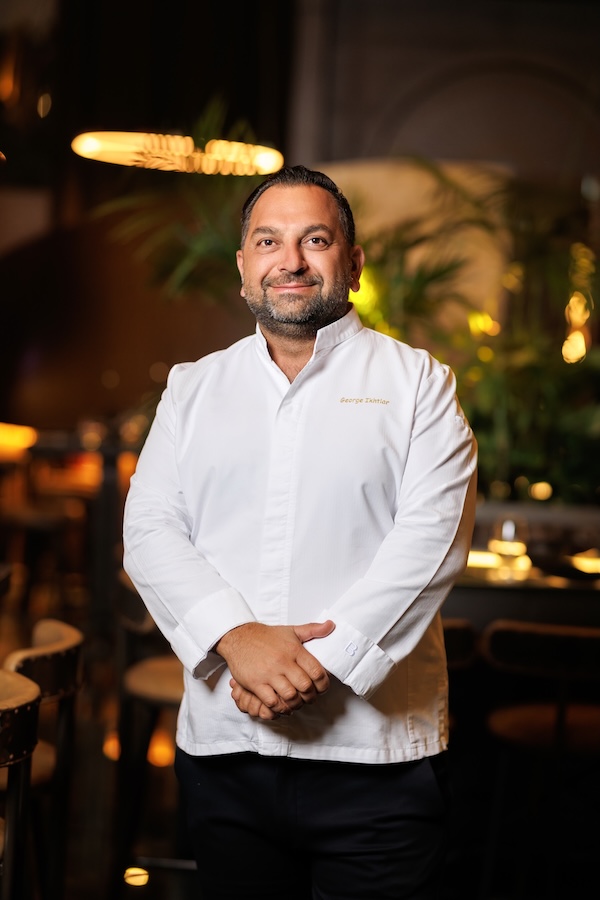MAKKAH/RIYADH: The Heritage Commission announced the discovery of three gold rings, a bronze bull’s head and a southern Musnad inscription on a granite stone — all dating back to the pre-Islamic era — at Al-Okhdood, a village in Najran, on Feb.15.
The rare finds are currently in the hands of professionals and undergoing restoration.
Dr. Salma Hawsawi, an associate professor of ancient history at King Saud University, told Arab News that Najran was a compulsory stop for caravans traveling from the south of the Arabian Peninsula.
“Two commercial routes branch out from it, one of which is towards the northeast, passing through the village of Al-Faw, and ends in the east of the Arabian Peninsula, while the second road heads north to reach Petra and from there to the cities of the Levant and Mesopotamia,” she said.
The inscription is written with unique standing letters using an old South Arabian script, called Musnad. It is 230 cm long and approximately 48 cm high, with the length of the letters 32 cm, making it the longest Musnad inscription found in the region.
It belonged to a former resident of Al-Ukhdood, Wahb El bin Maqen.
“Commemorative inscriptions can be found across most of the Arabian Peninsula in great numbers, which reflects the advanced knowledge and cultural level that the society reached and how much it cared for writing and documenting.
“The inscription also shows that watering was the profession of Wahb El, which consists of delivering water to the houses, including his own. It also shows the common Arabic names of that period, as the owner of the inscription mentions his and his father’s name,” Hawsawi noted.
Another interesting discovery was the bronze bull’s head that had traces of oxidation, a natural reaction when bronze is exposed to air, creating a patina coating that can range in colors.
“The bull head drawings and statues first started to emerge in the south of the Arabian Peninsula around the first millennium BC,” she said.
It is said to have been a symbol of strength and fertility for pre-Islamic groups of South Arabians: Sabaeans, Minaeans, and Qatabanians. It was also known for its versatility in daily life, as it was used to plow the lands, its meat was eaten and its skin was used in various industries.
It symbolizes the moon because of the resemblance of the bull’s horns to the crescent. According to the Hawsawi, the moon was called “Wad” by the Minaeans, and it was known to the Sabaeans and others as “Warkh,” “Al-Maqah,” “Shahr,”“Kahl” and “Sun” in Hadramout.
“The moon is the eldest of deities and precedes them all. It is commonly referred to as ‘Al’ or ‘El’, while the Arabs of the north called it ‘Baal’ or ‘Hubal’. The moon held a very distinguished position, as it was a guide for trade caravans and travelers. This is why it was given titles such as ‘The Wise,’ ‘The Truthful,’ ‘The Wise,’ ‘The Blessed,’‘The Helper,’ and ‘The Protector,’” she said.
Talking about the three gold rings, Hawsawi said: “Through this discovery, we came to know the metals that were used by the people during that period. The golden rings equipped with locks at both ends show that they were used in different ways and places, along with the possibility of adjusting their sizes as needed.
“They were worn on the fingers, on the arm or around the ankles. They were worn for aesthetic purposes by men and women alike.
“When it comes to the rings discovered at Al-Okhdood site, they were used by women based on the way they were made, the golden lobes on them and the butterfly-shaped locks.”
The associate professor highlighted that the profession of goldsmiths was found in ancient Arabic inscriptions.
“This profession spread across the Arabian Peninsula, where the jeweler melted and purified the metals by blowing into the flame to melt the metals before reshaping them.”
Archeologists also found great number of potteries in a variety of sizes with one of them being attic pottery, signifying human settlements in the region that date back to third century B.C.
Hawsawi explained that the site at Al-Okhdood, which they visited recently with a group of researchers and specialists, was located inside walls with around 20 multi-story buildings made of mud bricks. The smallest building on the site is 6 meters tall and the largest is 14 meters.
“Only their foundations remain, which are a group of stone installations, inscribed with drawings of some animals, such as horses and camels. Some of the buildings are engraved with inscriptions in the southern Musnad line, most of which are commemorative inscriptions.”
The site also includes two millstones each used for a different purpose.
“Some researchers suggested that they were for grinding grain while others stated that they were for melting metals, due to their large size, and the inability to be moved by humans because of their weight. Being built of stone, and also because of their large size, it is likely that many animals were used to move these mills,” she said
This is the eleventh season that Saudi experts have fulfilled an archeological excavation project.
The Heritage Commission has conducted exploration of Najran in the past and found many discoveries about the land’s history, culture, and community.
The commission has divided projects into various categories, such as archaeology, urban heritage, crafts, and intangible cultural heritage.
Within each category, a specialized group of people from Saudi Arabia and abroad unravel more of the Kingdom’s heritage, culture, and purpose than ever before.
Reflecting Saudi’s Vision 2030 “vibrant society with strong roots” promise, the Heritage Commission has established great initiatives to expand research of the explored and unexplored parts of Saudi Arabia.


































